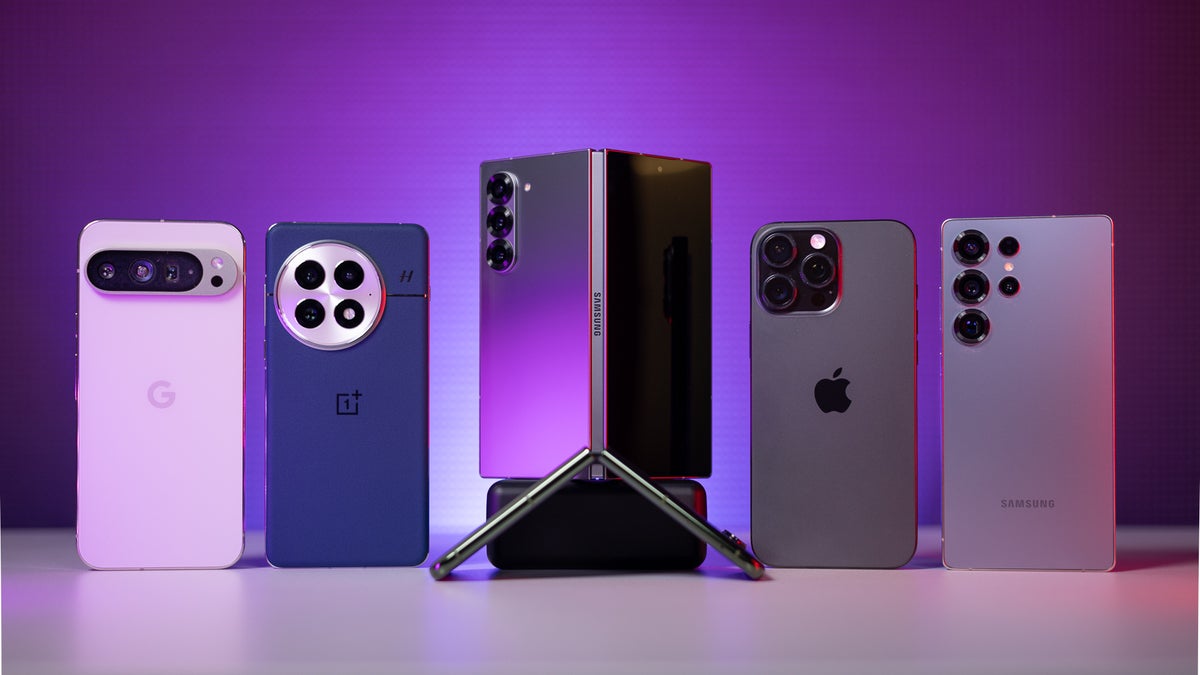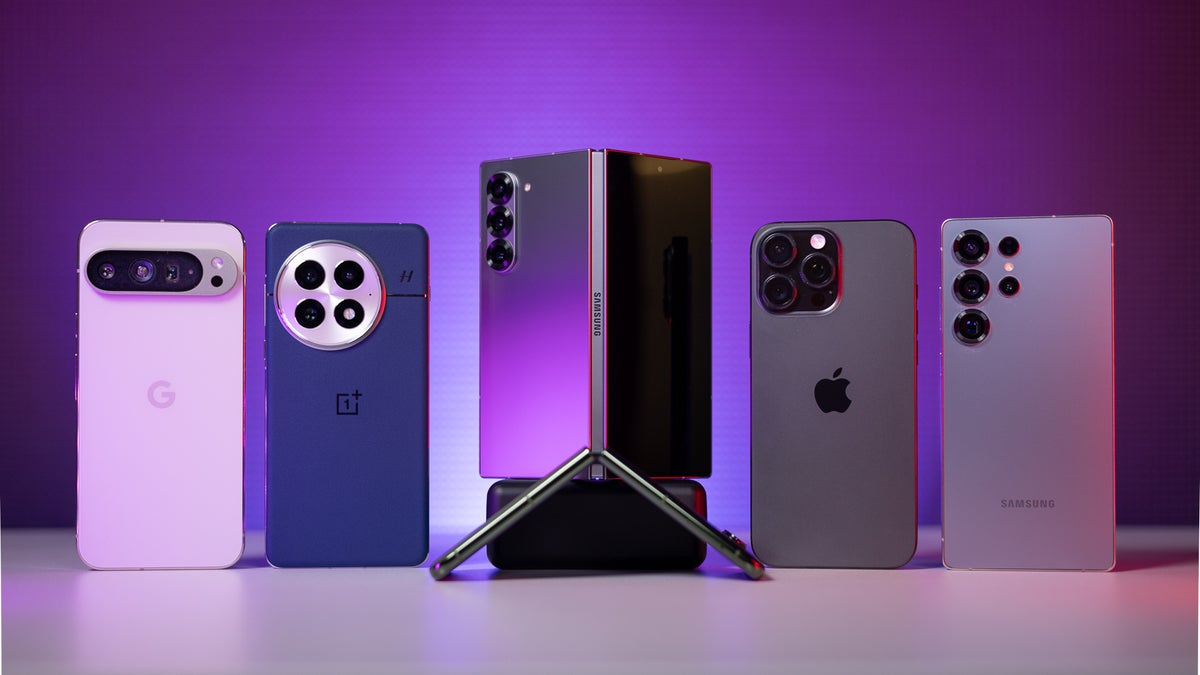
Navigating the Future: Your Ultimate Guide to Buying a Smartphone in 2025
The smartphone market in 2025 is a landscape brimming with innovation, competition, and a dazzling array of choices. Gone are the days of simple feature comparisons. Today, you’re not just buying a phone; you’re investing in a pocket-sized powerhouse that connects you to the world, manages your life, and reflects your personal style. But with rapid technological advancements and increasingly complex features, making the right decision can feel overwhelming. This guide breaks down the essential factors to consider when buying a smartphone in 2025, ensuring you make a future-proof investment that perfectly suits your needs.
I. Understanding the Evolving Landscape
Before diving into specific tips, let’s understand the key trends shaping the smartphone market in 2025:
-
The Rise of Foldables & Rollables: Foldable phones have moved beyond a novelty and are becoming increasingly refined. Expect more durable hinges, improved software optimization, and potentially even rollable displays that expand screen real estate on demand. Consider if the added versatility of a foldable or rollable device aligns with your workflow and entertainment habits.
-
AI-Powered Everything: Artificial intelligence is no longer a buzzword; it’s deeply integrated into every aspect of the smartphone experience. From intelligent camera algorithms that enhance image quality to personalized recommendations and proactive battery management, AI is becoming increasingly sophisticated. Look for phones that leverage AI to simplify your life and improve performance.
-
Sustainability and Ethical Sourcing: Consumers are increasingly conscious of the environmental impact of their purchases. Manufacturers are responding with initiatives like using recycled materials, reducing packaging waste, and offering longer software support to extend the lifespan of their devices. Prioritize brands committed to sustainability and ethical sourcing practices.
-
5G Ubiquity and Beyond: 5G connectivity is now widespread, but expect further advancements in speed and latency. The focus will shift towards leveraging 5G for augmented reality (AR), virtual reality (VR), and other bandwidth-intensive applications. Ensure your next phone is equipped with the latest 5G technology for seamless connectivity.
-
The Metaverse Connection: While still developing, the metaverse will begin to integrate more seamlessly with smartphone experiences. Look for phones with enhanced AR capabilities, optimized performance for metaverse apps, and potentially even dedicated hardware or software features for metaverse interactions.
II. Key Factors to Consider in 2025
Now, let’s explore the critical factors that should guide your smartphone purchase in 2025:
1. Performance and Processing Power:
- The Chipset Matters: The processor (or System on a Chip – SoC) is the heart of your phone. In 2025, look for the latest generation of flagship chipsets from Qualcomm (Snapdragon), MediaTek (Dimensity), or Apple (A-series). These chips offer significant improvements in processing speed, graphics performance, and power efficiency. Pay attention to benchmarks and real-world performance tests to gauge the chipset’s capabilities.
- RAM and Storage: 8GB of RAM is generally considered the minimum for smooth multitasking, but 12GB or even 16GB might be beneficial if you’re a heavy user or plan to use your phone for demanding tasks like gaming or video editing. Storage needs depend on your usage. 256GB is a good starting point, but 512GB or 1TB might be necessary if you download a lot of media or take a lot of high-resolution photos and videos. Consider whether the phone offers expandable storage via microSD card.
- Software Optimization: Even the most powerful hardware can be hampered by poorly optimized software. Look for phones with a clean, bloatware-free Android experience or a well-optimized iOS interface. Read reviews to see how the phone performs in real-world scenarios, paying attention to responsiveness, app loading times, and overall smoothness.
2. Display Technology:
- OLED Dominance: OLED displays are now the standard for flagship smartphones, offering superior contrast, vibrant colors, and excellent viewing angles. Look for OLED panels with high refresh rates (120Hz or higher) for smoother scrolling and animations.
- Resolution and Brightness: A resolution of at least 1080 x 2400 (FHD+) is recommended for a sharp and detailed image. QHD+ (1440 x 3200) displays offer even greater clarity. Pay attention to peak brightness, especially if you frequently use your phone outdoors. Look for phones with a brightness of at least 800 nits for good visibility in sunlight.
- Foldable Screen Considerations: If you’re considering a foldable phone, pay close attention to the crease in the display. Manufacturers are working to minimize the visibility of the crease, but it’s still a factor to consider. Also, look for durable screen protectors and hinge mechanisms.
3. Camera Capabilities:
- Megapixels Are Not Everything: While megapixels still matter, they’re not the sole indicator of camera quality. Sensor size, lens quality, image processing algorithms, and software features are equally important.
- Computational Photography: AI-powered computational photography is transforming smartphone cameras. Look for features like night mode, portrait mode, HDR, and scene recognition, which use AI to enhance image quality and simplify the shooting process.
- Versatile Lens System: A versatile lens system is essential for capturing a variety of shots. Look for phones with a main lens, an ultrawide lens, a telephoto lens (for optical zoom), and potentially a macro lens (for close-up shots).
- Video Recording Capabilities: If you’re a videographer, pay attention to the phone’s video recording capabilities. Look for support for 4K or 8K resolution, high frame rates (60fps or 120fps), and features like optical image stabilization (OIS) and electronic image stabilization (EIS) for smooth and stable footage.
4. Battery Life and Charging:
- Battery Capacity: A battery capacity of at least 4500mAh is recommended for all-day battery life. However, battery life also depends on your usage patterns and the phone’s power efficiency.
- Fast Charging: Fast charging is a must-have feature in 2025. Look for phones that support fast charging technologies like USB Power Delivery (USB-PD) or proprietary fast charging standards. The faster the charging speed, the less time you’ll spend tethered to a wall.
- Wireless Charging: Wireless charging offers a convenient way to top up your battery. Look for phones that support wireless charging, and consider investing in a wireless charging pad.
- Power Efficiency: Software and hardware optimization plays a major role in how long a phone can last between charges. Look at reviews that test how the phone lasts during various usage scenarios like video playback, web browsing, and gaming.
5. Software and Ecosystem:
- Android vs. iOS: The choice between Android and iOS is a matter of personal preference. Android offers more customization options and a wider range of devices, while iOS is known for its simplicity, security, and tight integration with Apple’s ecosystem.
- Software Updates: Regular software updates are crucial for security, stability, and access to new features. Look for phones from manufacturers that provide timely and consistent software updates.
- Ecosystem Integration: If you already own other devices from a particular brand (e.g., Apple, Samsung), consider choosing a phone from the same brand for seamless ecosystem integration. This can provide benefits like easy file sharing, device syncing, and access to exclusive features.
6. Design and Durability:
- Materials and Build Quality: The materials used in the phone’s construction can affect its durability and overall feel. Look for phones with premium materials like glass, aluminum, or stainless steel.
- Water and Dust Resistance: IP68 rating is the standard for water and dust resistance, meaning the phone can be submerged in up to 1.5 meters of water for 30 minutes.
- Ergonomics and Comfort: Consider the phone’s size, weight, and shape. Choose a phone that feels comfortable to hold and use for extended periods.
7. Security and Privacy:
- Biometric Authentication: Fingerprint scanners and facial recognition are now standard security features. Look for phones with reliable and accurate biometric authentication systems.
- Software Security: Ensure the phone receives regular security updates to protect against malware and other threats.
- Privacy Features: Look for phones with privacy-focused features like app permissions management, private browsing modes, and encryption.
8. Future-Proofing:
- 5G Connectivity: As mentioned earlier, ensure your next phone supports the latest 5G standards for future-proof connectivity.
- Software Support: Choose a phone from a manufacturer that provides long-term software support (at least 3-4 years of major OS updates).
- Emerging Technologies: Consider phones that support emerging technologies like AR/VR, NFC, and Wi-Fi 6E for future compatibility.
III. Beyond the Specs: The Intangibles
While specifications are important, don’t overlook the intangible aspects of choosing a smartphone:
- Brand Reputation: Research the brand’s reputation for quality, reliability, and customer support.
- User Reviews: Read reviews from other users to get a sense of their experiences with the phone.
- Personal Preferences: Ultimately, the best phone for you is the one that meets your individual needs and preferences.
IV. Budget Considerations
- Set a Realistic Budget: Determine how much you’re willing to spend on a new phone.
- Compare Prices: Shop around and compare prices from different retailers.
- Consider Refurbished Options: Refurbished phones can offer significant savings.
V. Conclusion
Buying a smartphone in 2025 requires careful consideration of a wide range of factors. By understanding the evolving landscape, prioritizing key features, and considering your individual needs and budget, you can make an informed decision and invest in a device that will serve you well for years to come. Remember to stay informed about the latest technological advancements and read reviews from trusted sources before making your final purchase. Good luck navigating the exciting world of smartphones!
